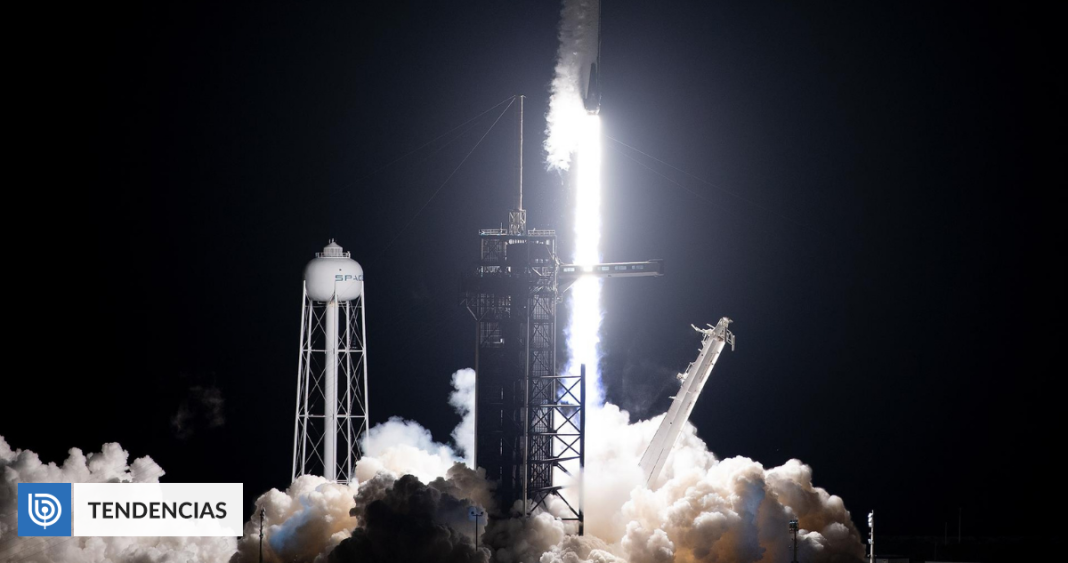The Falcon-9 rocket was launched on Friday from Cape Canaveral in Florida, USA, and inside were three satellites built by scientists from the University of Chile.
Sushi -2And the Sushi -3 And the Plantsat she is names Chilean satellites will orbit space in 21 daysas mentioned before University of Chile.
Through their space program they simultaneously built satellites: “There are a few organizations that have launched more than one satellite in one launch and we, in this group, are learning new knowledge and acquiring new skills.” The investigator in charge of . said Space Program University of Chile, Marcos Diaz.
The three Chilean satellites will be placed into orbit at an altitude of approximately 550 km. It was launched by the Italian intermediate company extend orbitwhich will put the satellites in about a month’s orbit into the orbit needed for the space program’s missions.
How will they be controlled?
Once the satellites are in orbit, they will be controlled from the university’s ground station, where they will begin to conduct planned research in space sciences, biological sciences, technological developments and communications.
“It is different from the first launch (SUCHAI-1, in 2017), because the rocket is leaving the device that holds our satellites inside in space and will only be stationed in the orbital plane that we need about 21 days later, when they will be released. At that moment, we will go to search for them and start operating them from facilities in the Electrical Engineering Department of FCFM,” explained the principal investigator.
Study in “swarm”
A new milestone will occur about six months after the start of the process, when Deployment of two femto-satellite which will increase the constellation to five satellites Intercommunication, with a common configuration and working as a system (swarm). With these five measuring points Its purpose is to study a solar storm.
This new phase of the program studies the operation of the three satellites from the ground station For at least one year. “Hopefully we can get to and possibly even exceed the two-year uptime of SUCHAI-1, but it will also depend on operations resources,” said Marcos Diaz.
Chilean satellite building
And on the construction of satellites, Diaz said: “All this work Happened in a pandemic scenario, from confinementand understanding the authorities allowed us to continue working and developing the program with all the health precautions for the case.”
“This program leaves us with a glimmer of hope for what is to come in the future. We have prepared new people and new talent. We have new knowledge, new experiences and we have a vision of what we can continue to learn and develop in the country”He confirmed.
What does each satellite do?
According to what was reported by the campus, each satellite performs a different function: Sushi -2will be responsible for supporting the study space physicsBecause it contains sensors for studying the environment of space, the ionosphere and the magnetosphere. In addition, you will assess light pollution at night.
While, Sushi -3with its side antennas will help Evaluation of the position of femto-satellite with radio systems And where does the radiation come from to be able to locate them in space.
Plantsat will be responsible for Biological experiments in space. Inside it will travel to air plants or carnations, a plant that does not need Earth to survive, but acts as a counterpart to plants that could be space-related, both as food and for oxygen production, they pointed out from the space program.
Your container, specifically designed to keep the plant alive and measure its condition, It will allow to determine whether it tolerates the space environment, microgravity and radiation‘, they detailed.

“Wannabe internet buff. Future teen idol. Hardcore zombie guru. Gamer. Avid creator. Entrepreneur. Bacon ninja.”




